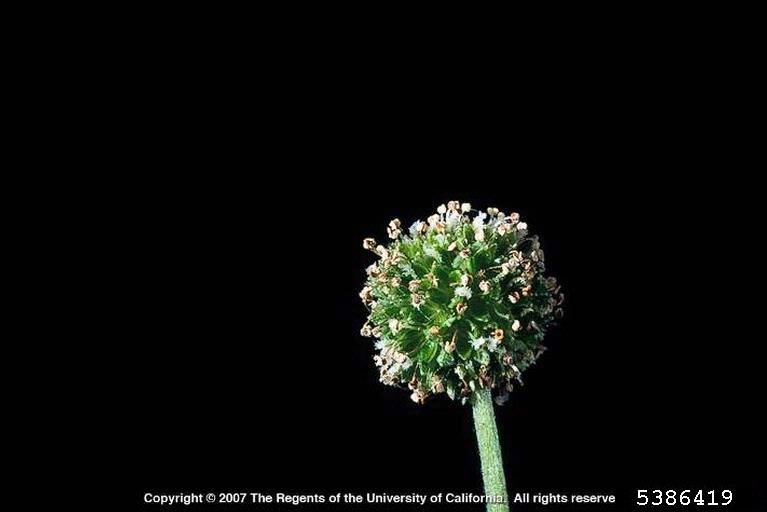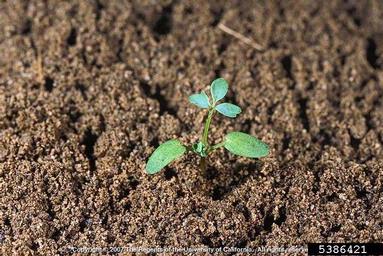Biddy-Biddy
Acaena novae-zelandiae
Plant Description
Biddy-biddy is a low-growing, mat-forming perennial forb native to New Zealand and parts of Australia, but introduced and invasive in the Pacific Northwest. It spreads aggressively by creeping rhizomes and by its distinctive burr-like seed heads, which attach to animals, clothing, and equipment. The compound leaves are glossy green above and silvery beneath, giving it a distinctive appearance. Biddy-biddy often invades dunes, grasslands, and disturbed areas, where it displaces native groundcovers and alters soil composition, making management difficult once established.
Plant Details
| Life Forms | |
|---|---|
| ODA Listing | |
| Suggested Actions | |
| Shade Preference | |
| Mature Height | 4-8" |
| Distribution | Oregon distribution currently limited to southwestern coastal counties. |
| Reproduction and Spread | Spreads by roots and stem fragments. Burrs attach to animals and clothes. |
| Introduced | native to New Zealand. First found in Oregon in 1951. |
| Impact | Forms dense mats on coastal Bluffs and in lawns, barbed burrs can be painful. |
© Marion Soil and Water Conservation District. All Rights Reserved.


